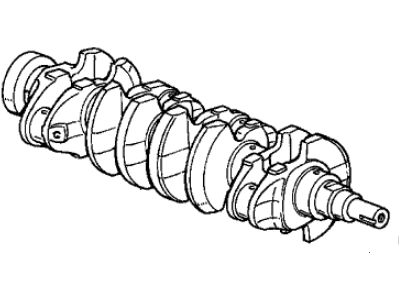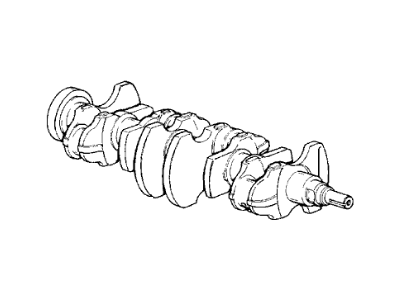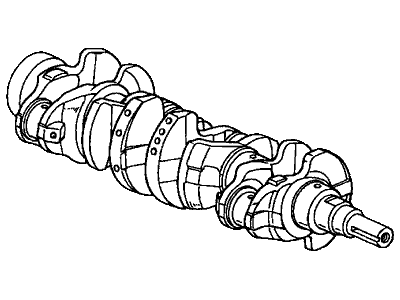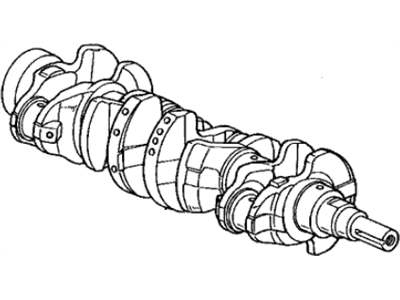×
- Hello
- Login or Register
- Quick Links
- Live Chat
- Track Order
- Parts Availability
- RMA
- Help Center
- Contact Us
- Shop for
- Acura Parts
- Acura Accessories

My Garage
My Account
Cart
Genuine Acura Integra Crankshaft
Crank Shaft- Select Vehicle by Model
- Select Vehicle by VIN
Select Vehicle by Model
orMake
Model
Year
Select Vehicle by VIN
For the most accurate results, select vehicle by your VIN (Vehicle Identification Number).
9 Crankshafts found
Acura Integra Crankshaft
Part Number: 13310-64A-A00$260.07 MSRP: $342.85You Save: $82.78 (25%)Ships in 1-3 Business Days
Acura Integra Crankshaft
We provide a broad range of OEM Acura Integra Crankshaft at unbeatable prices on our website. For your OEM parts, You can count on the guaranteed quality, manufacturer's warranty, outstanding customer service, and prompt delivery. We look forward to your visit.
Acura Integra Crankshaft Parts Questions & Experts Answers
- Q: How can the crankshaft be removed on Acura Integra?A:The crankshaft can only be removed after the engine has been taken out of the vehicle, assuming that the flywheel or driveplate, timing belt, oil pan, oil pick-up tube, oil pump, baffle plate, and, for specific DOHC non-VTEC engines, the piston/connecting rod assemblies have already been detached. Before removing the crankshaft, check the endplay by mounting a dial indicator aligned with the crankshaft and touching the end, ensuring the main caps and main-cap bridge are in place and torqued. Push the crankshaft to the rear and zero the dial indicator, then pry it to the front to check the reading; the movement indicates the endplay, which should be corrected if it exceeds specifications. If a dial indicator is unavailable, feeler gauges can be used to measure clearance at the thrust bearing journal. For DOHC engines, verify that the main bearing caps are marked for their locations, numbered consecutively from front to rear, and if not, mark them accordingly. Loosen the main bearing cap or bridge assembly bolts gradually until they can be removed by hand, ensuring all bolts are detached before attempting to take off the caps or bridge assembly. Remove the main bearing caps and gently tap the remaining caps with a soft-face hammer if necessary, using bolts as levers to avoid dropping the bearing inserts. Finally, carefully lift the crankshaft out, ideally with assistance, and return the bearing inserts to their respective locations on the engine block, installing the main bearing cap bridge and tightening the bolts finger tight.


















